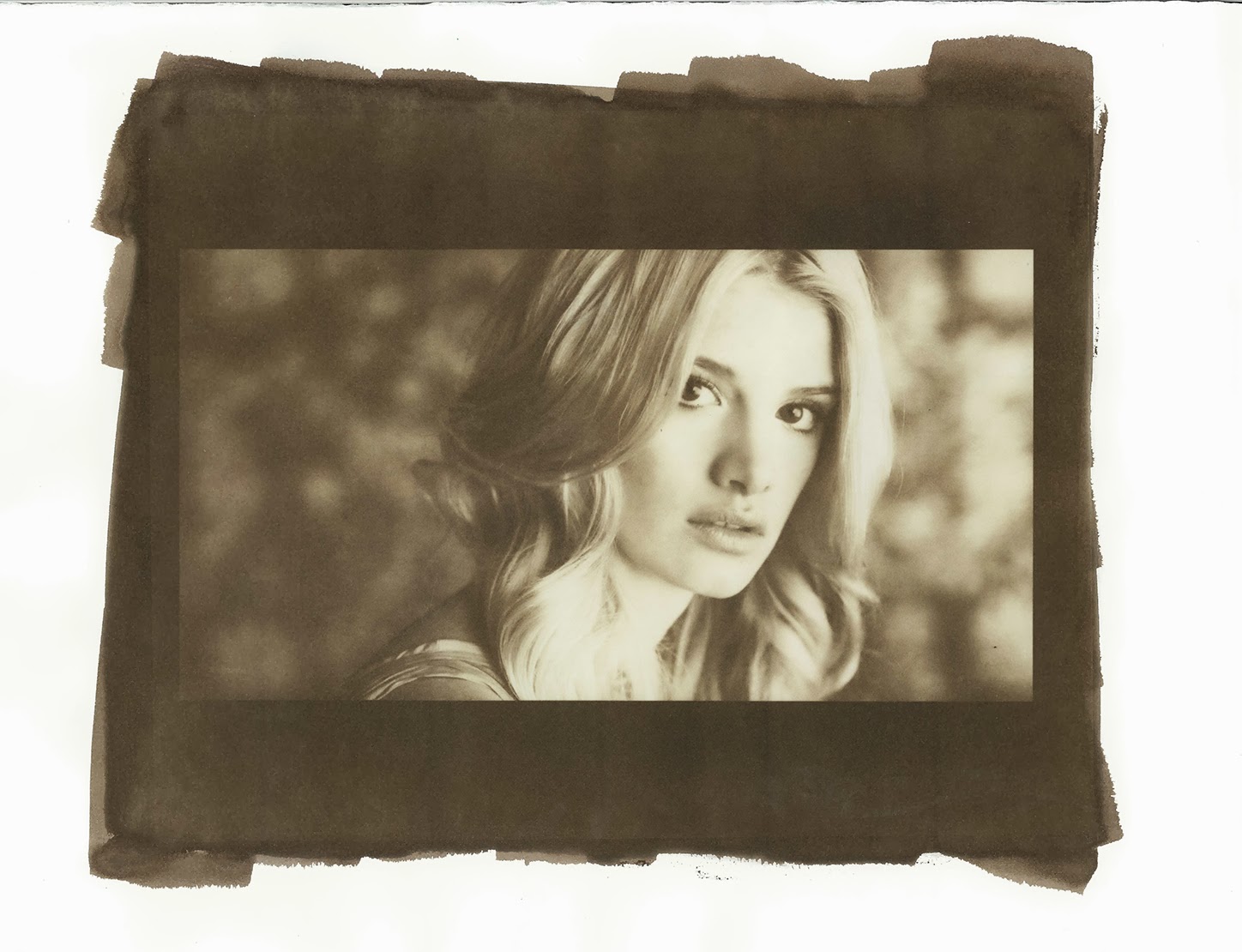First learning of photogenic drawing and calotypes through the inventor, William Henry Fox Talbot and her husband's friend. Herself and Constance Talbot, William Henry Fox Talbot's wife, are known as the first women photographers. She was able to learn about cyanotypes through her husbands friendship with Sir John Herschel, who invented the cyanotype in 1842. After learning the process, Atkins created many photograms of dried algae and then created a book of her studies and photograms in 1843. This book is known to be the first book to have photographic images, even though it was privately published and not many copies were made. Less than a year later Talbot created his book "The Pencil of Nature" which is the first commercially published book to be illustrated with photographs.
 |
| Title Page of Anna Atkins "Photographs of British Algae: Cyanotype Impressions", 1843, cyanotype photogram, Spencer Collection/ Stephen A. Schwarzman Building, NY Public Library |
 |
| Introduction of Anna Atkins "Photographs of British Algae: Cyanotype Impressions", 1843, cyanotype photogram, Spencer Collection/ Stephen A. Schwarzman Building, NY Public Library |
 |
| Cystoseria granulata, Anna Atkins "Photographs of British Algae: Cyanotype Impressions", 1843, cyanotype photogram, Spencer Collection/ Stephen A. Schwarzman Building, NY Public Library |
 |
| Poppy, Anna Atkins "Cyanotypes of British and Foreign Flowering Plants and Ferns", about 1854, cyanotype photogra, Victoria and Albert Museum, London |
I've written a previous post about Dark Room Photography and how important it is, so check it out if you're curious: link here. But I never fully described what cyanotypes are. So here's a detailed description:
-First you mix together equal volumes of a photosensitive solution of 8.1% potassium ferricyanide and 20% ferric ammonium citrate.
-Then you brush it evenly on a natural fibered cloth/paper. And set to dry in a dark room.
-A positive image will be produced when the emulsion covered paper is shown to UV light (sunlight or UV fluorescent lights) with a negative image laying straight on the emulsion. This is called a contact print because the negative and the emulsion must be in flat contact to avoid any blurriness.
-Once the image is a steely blue/gray then you take it out from under the light and wash it in a water bath washing off the yellow iron that was reduced by the UV.
-After you wash off the iron you can wash the print in another bath of water and a splash of 3% hydrogen peroxide which darkens the blues of the print.
-These prints can also be toned after they're dried through tea, bleach, and wine among other things.
You can find many scans of her cyanotypes online and the actual pages and scans across London.




